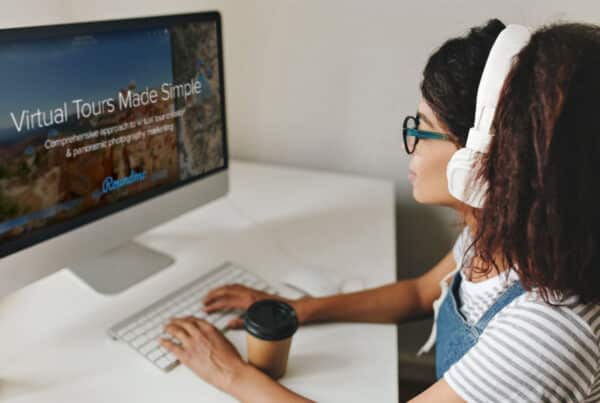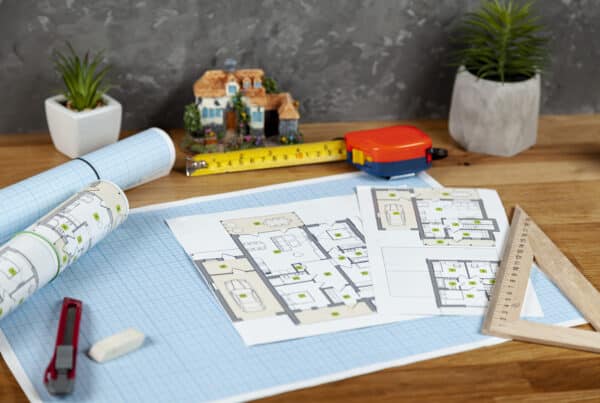In today’s digital age, immersive technology is changing the way we experience everything—from real estate to retail, and now to automotive showrooms. This article delves into the world of 360 virtual car tours, highlighting the revolution they are creating in car dealerships. Using high-quality, interactive photography and virtual reality (VR), these virtual tours offer an engaging and detailed exploration of car interiors and exteriors without ever setting foot in a dealership. If you are part of the automotive industry, a car enthusiast, or simply curious about the latest technological trends, this read will showcase how virtual tours can increase engagement, optimize customer experience, and boost sales.
What is a 360 Virtual Car Tour?
A 360 virtual car tour is an innovative way to showcase a vehicle online, allowing potential customers to explore the car’s interior and exterior from multiple angles and in high-resolution detail. Using specialized photography and software, these tours create a seamless, interactive experience that mimics walking around and inside the vehicle, giving viewers a comprehensive sense of what to expect.
How Are 360 Car Tours Changing the Automotive Industry?
Virtual tours in the automotive sector are transforming how dealers connect with their prospects. By offering a digital, in-depth view of a vehicle, they attract more online traffic and engage users better, leading to increased lead generation and sales. These tours also allow dealerships to display their inventory more effectively, reaching a wider audience beyond geographic limitations.
What Technologies Are Used to Create Virtual Car Tours?
Creating a virtual car tour involves several advanced technologies, including 360 photography, virtual reality (VR), and sometimes augmented reality (AR). Platforms like Matterport are often used to capture detailed images of the vehicle’s interior, which are then integrated into a user-friendly interface that can be accessed via a dealership’s website or mobile app.
The Role of High-Quality Photography in Virtual Tours
The success of a virtual car tour largely depends on the quality of photography. High-resolution images captured from every angle ensure that potential clients can explore every detail of the vehicle as if they were physically present. This level of detail can help build trust and interest, significantly impacting the buyer’s decision process.
Virtual Tours vs. Traditional Car Showrooms: Which Offers More?
While traditional showrooms offer the tangible experience of physically touching and feeling the vehicle, virtual tours provide a convenient and comprehensive alternative that can be accessed anytime, from anywhere. This not only caters to the modern consumer’s demand for convenience but also reduces the time spent by sales teams on initial inquiries.
How Can Dealerships Integrate 360 Virtual Tours on Their Websites?
Integrating virtual tours into dealership websites is simpler than it might seem. Most platforms offer easy embedding options that can be linked directly to the vehicle’s listing page. Ensuring the tour is mobile-compatible can further enhance accessibility, allowing potential customers to explore vehicles on-the-go.
The Benefits of Virtual Reality (VR) in Automotive Sales
Incorporating VR into virtual car tours can take customer engagement to the next level. VR allows for a more immersive experience, where users can feel like they are actually inside the car. This technology is particularly effective in captivating younger audiences and tech-savvy buyers, increasing the likelihood of them visiting the dealership in person for a test drive.
Case Study: Success Stories from Dealerships Using Virtual Tours
Several leading dealerships have reported significant improvements in customer interest and sales conversions since adopting virtual car tours. For instance, a Volkswagen dealer integrated 360° tours for each model in their inventory and saw a 30% increase in online engagement and a 20% rise in showroom visits.
Future Trends: Where is Virtual Car Tour Technology Heading?
The future of virtual car tours looks promising with advancements in AI and machine learning. These technologies could lead to even more personalized and interactive tour experiences. Furthermore, integration with social media platforms could amplify reach and engagement, harnessing the power of social shares and likes.
Getting Started: Tips for Implementing Virtual Car Tours in Your Dealership
For dealerships ready to adopt this technology, starting with a pilot project involving a few high-interest models can be a good approach. Partnering with a specialist who understands both the automotive and digital technology landscapes can also ensure that the virtual tours meet both business and customer expectations.
Key Takeaways
- Virtual car tours provide a detailed, immersive view of a vehicle’s interior and exterior.
- They help dealerships attract more online traffic, engage users effectively, and boost sales.
- High-quality photography and VR technology are crucial for creating compelling virtual tours.
- Implementing virtual showroom tours can be straightforward with the right technology partner.
- The future of virtual car tours is set to become even more interactive and integrated with other digital marketing strategies.
Virtual car tours are undoubtedly reshaping the landscape of automotive marketing, offering a powerful tool for dealerships to enhance their online presence and customer interaction. With continuous advancements in related technologies, the potential for growth in this area is immense.
Experience the future of car showrooms with 360° virtual car tours. Explore vehicles in stunning detail from anywhere, enhancing convenience and engagement. This technology revolutionizes car shopping for buyers and dealerships alike. Contact us today to learn how virtual tours can elevate your automotive experience!


